SEAN SCULLY (geb. 1945)
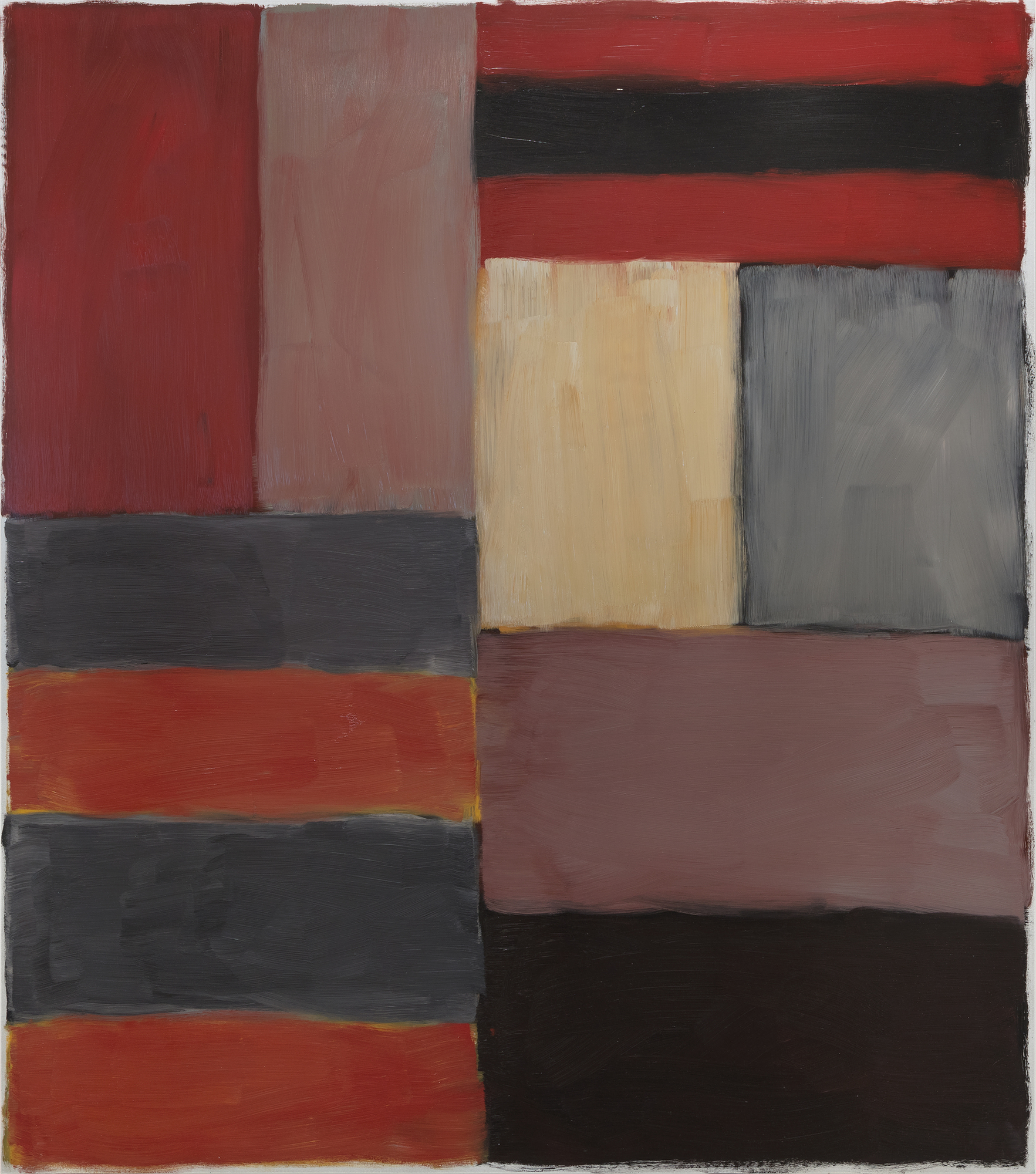
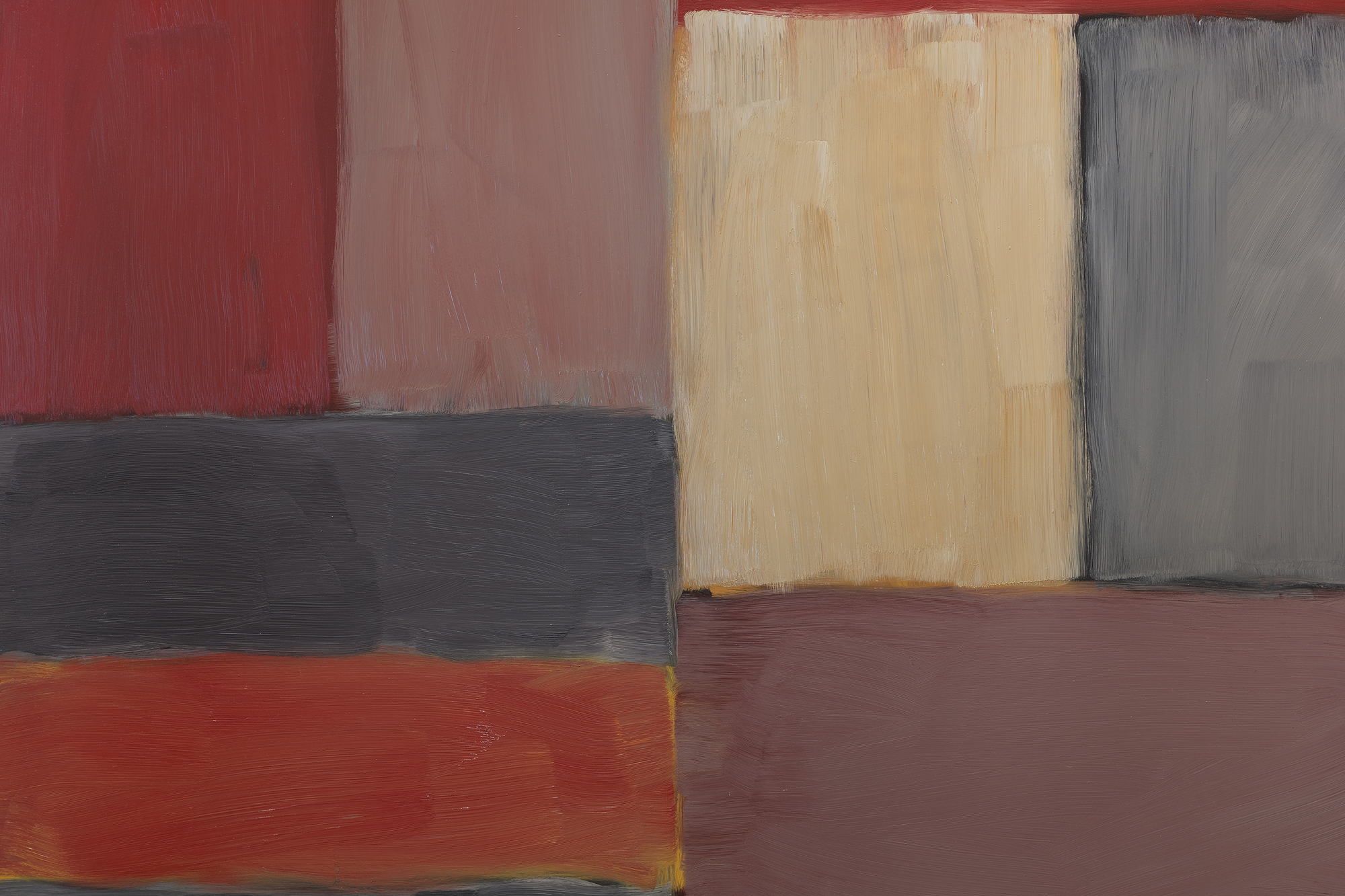
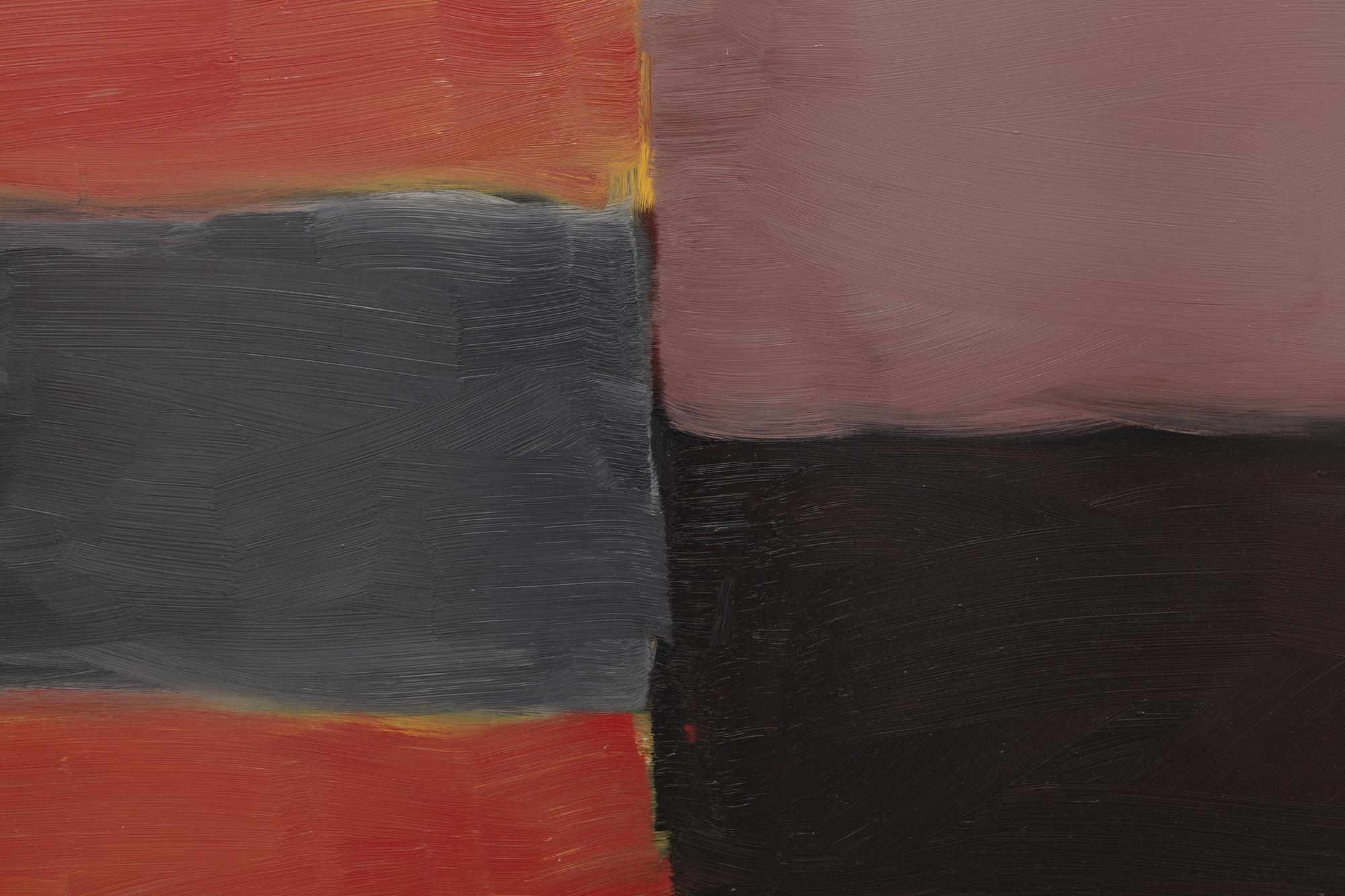
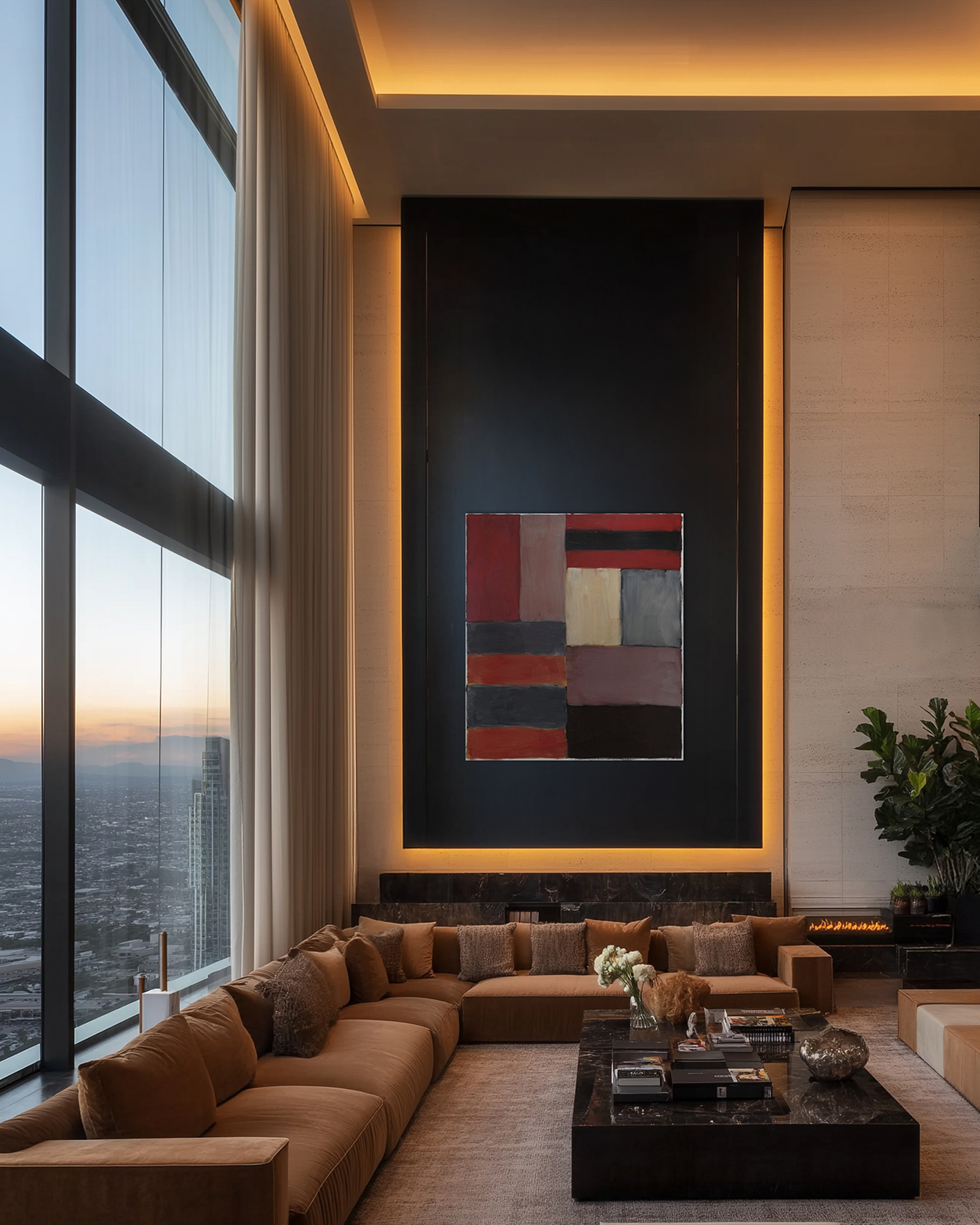
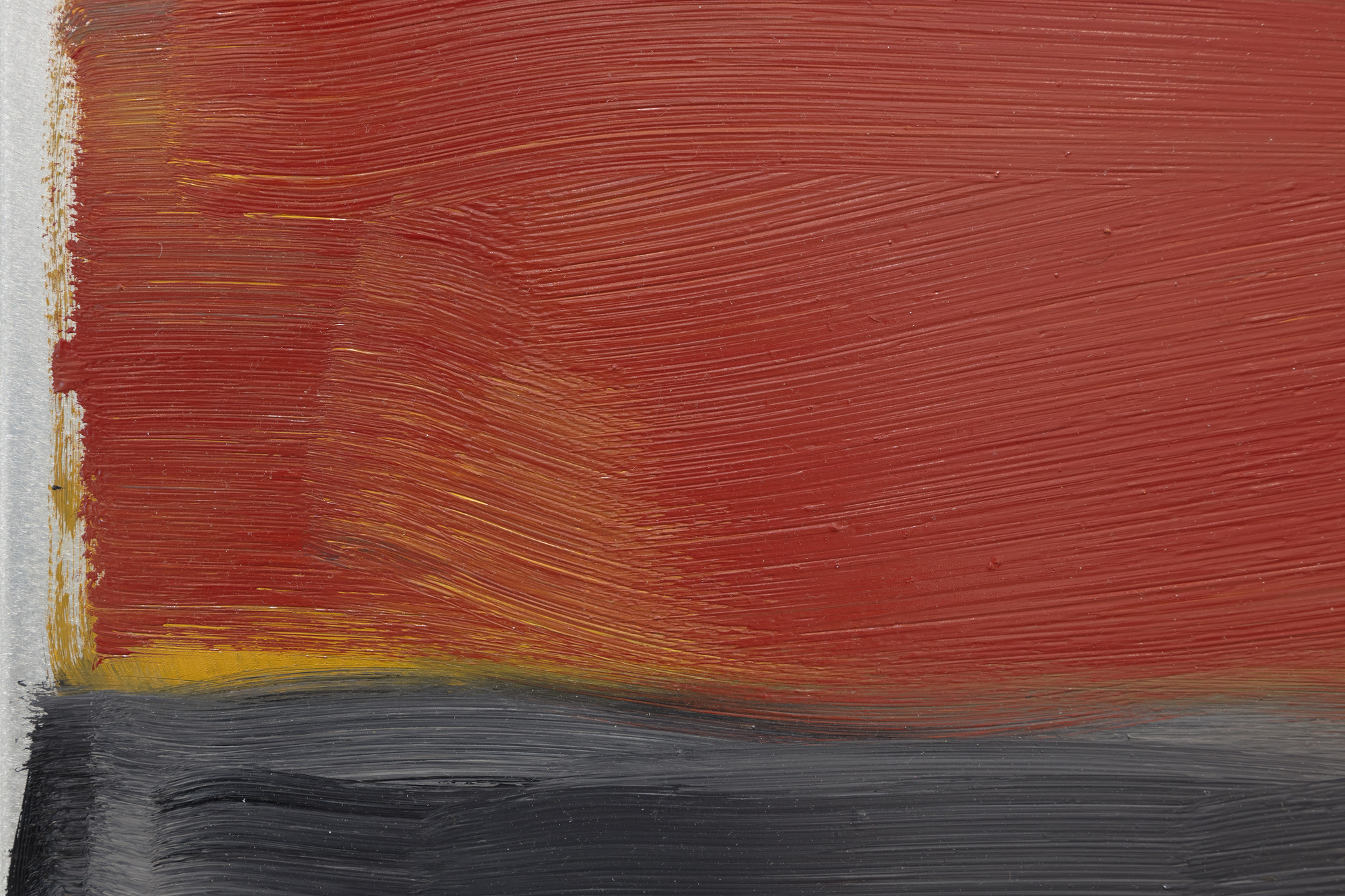
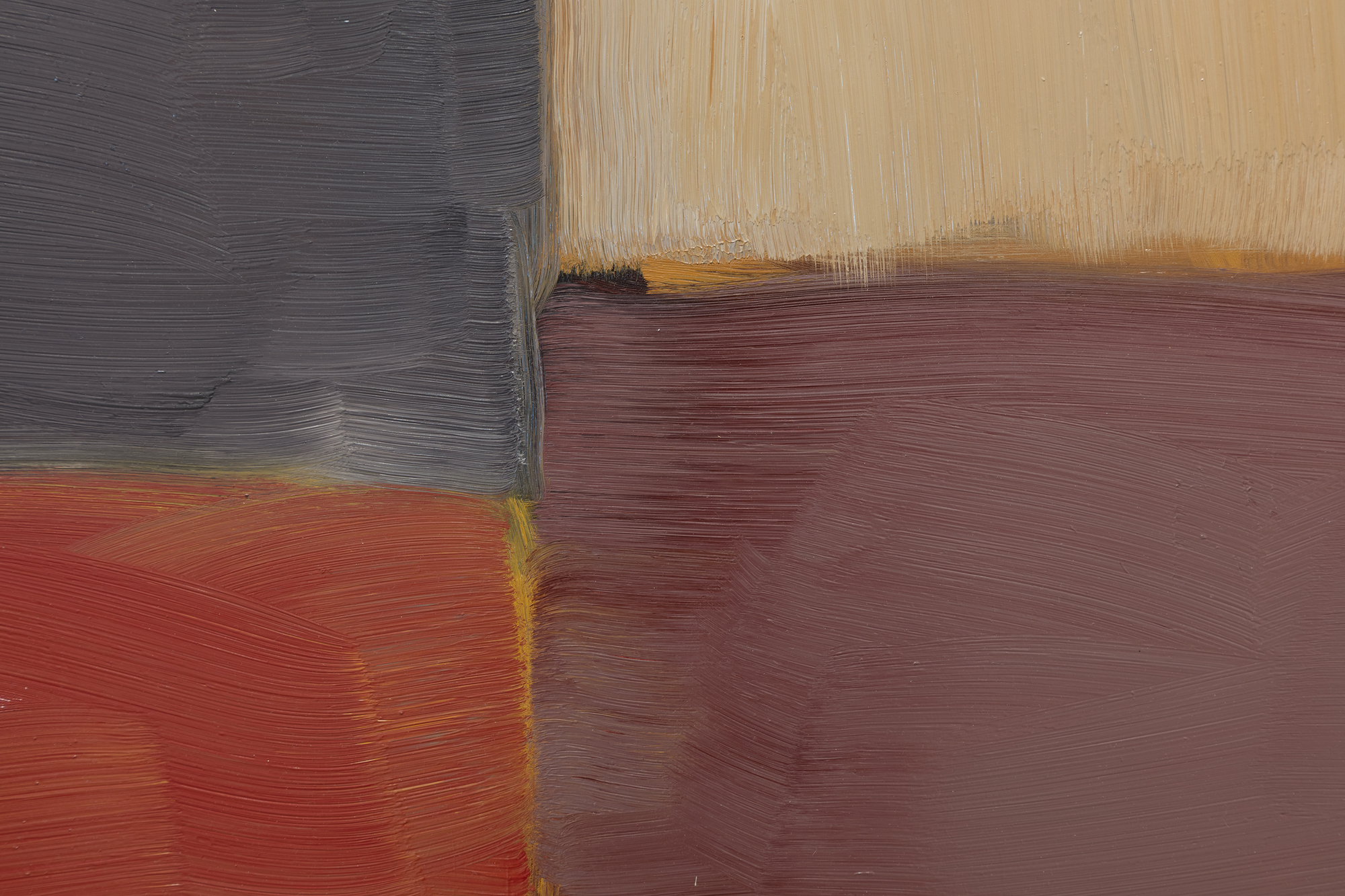
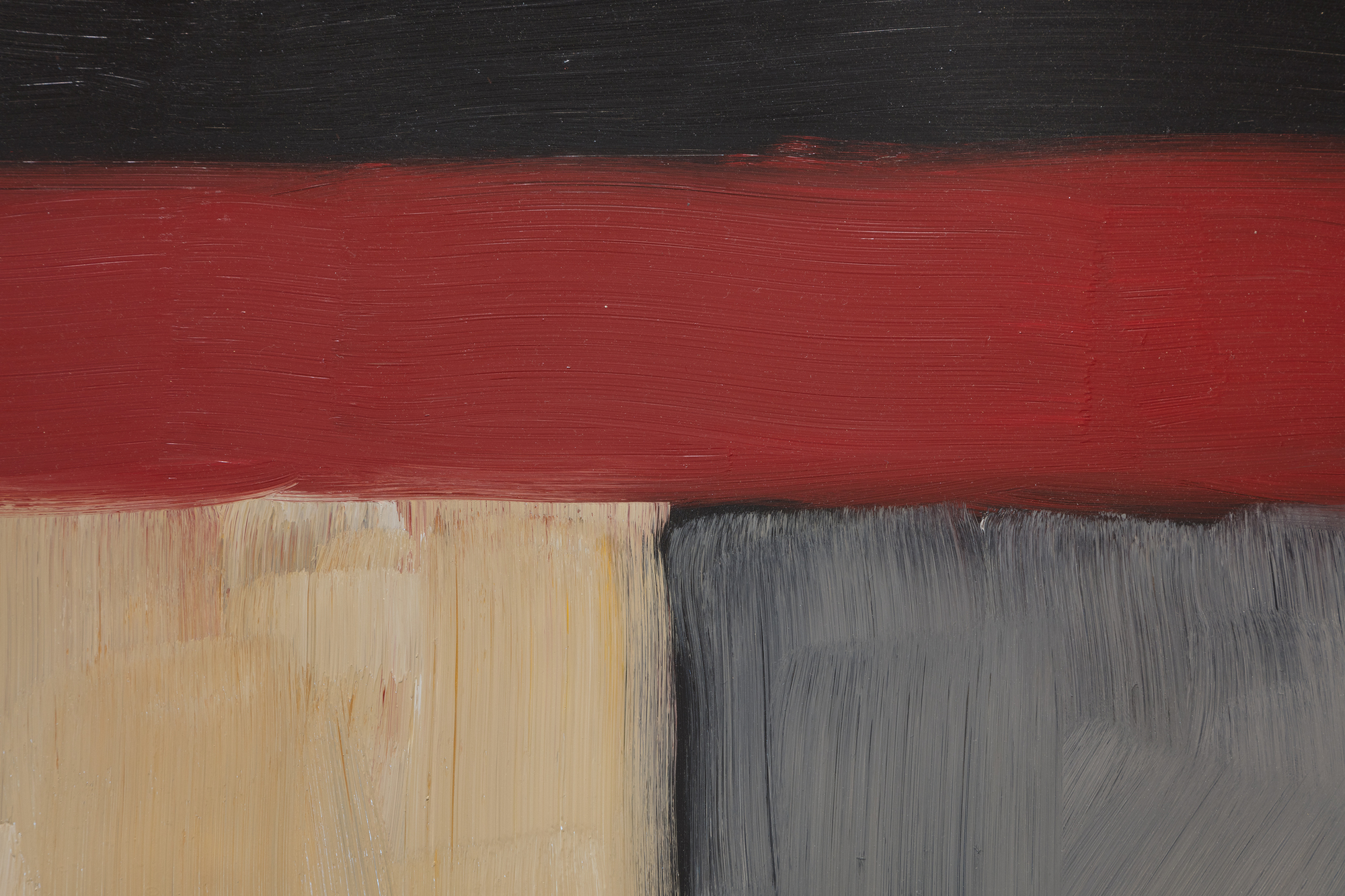
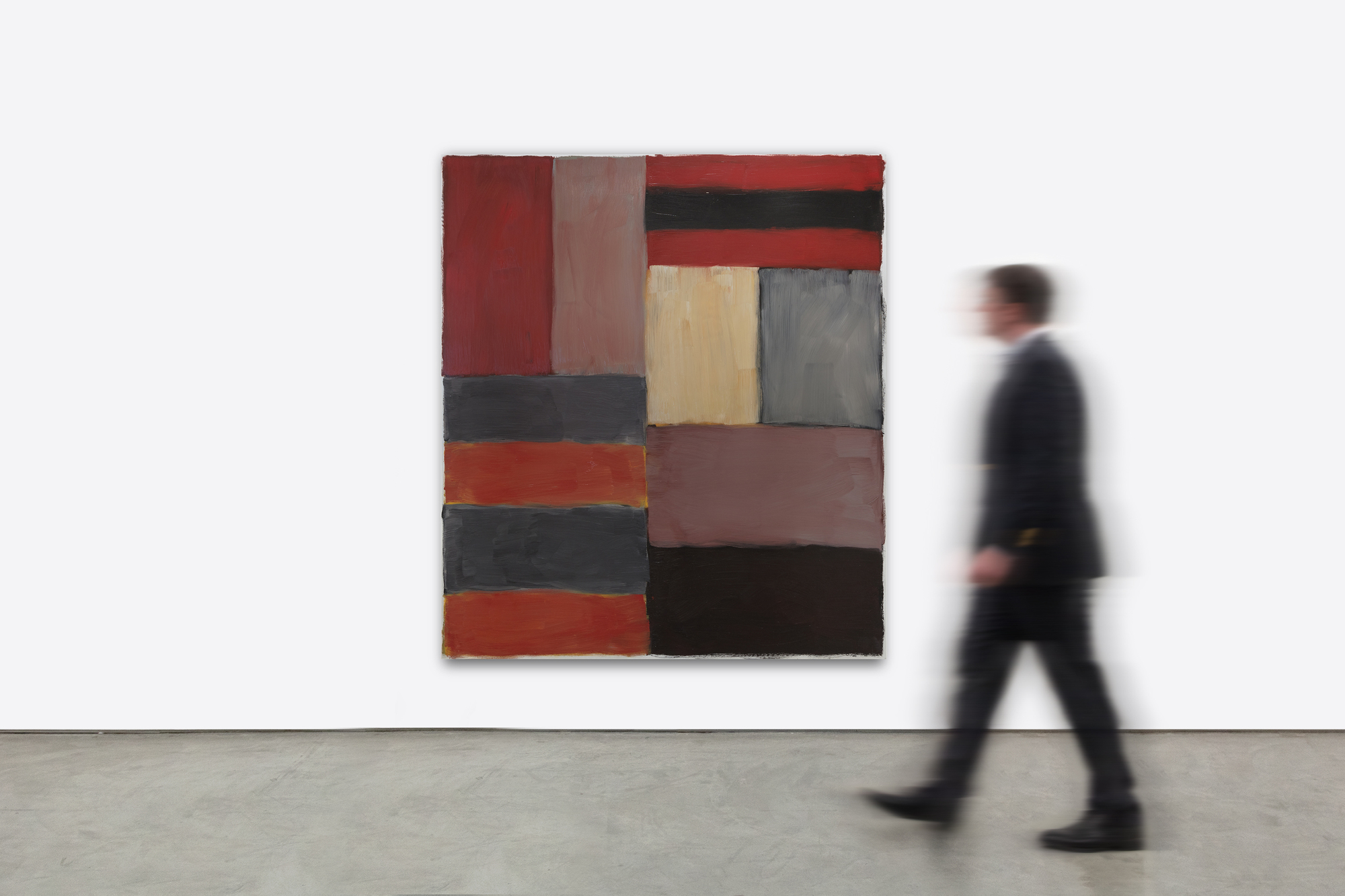
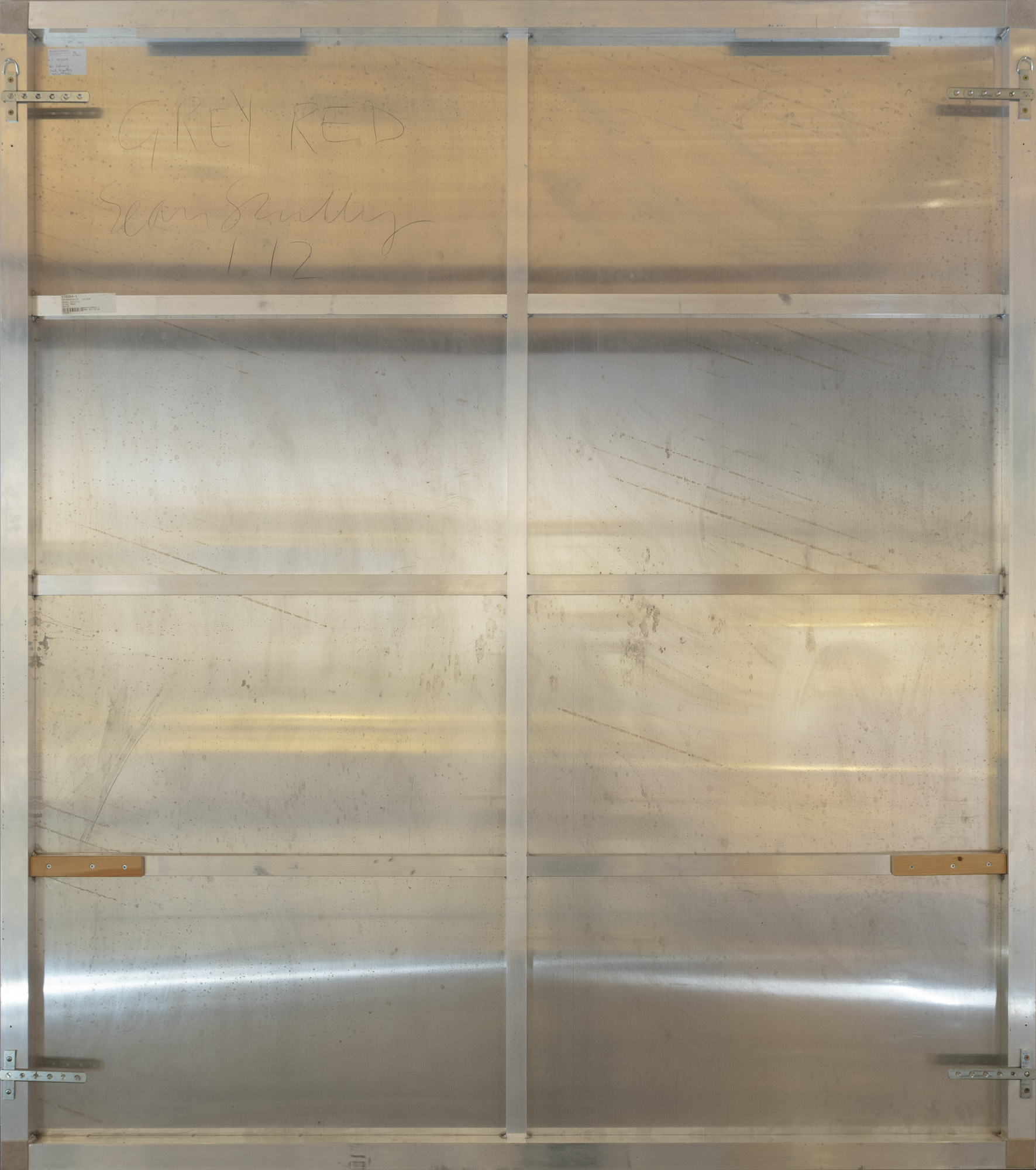
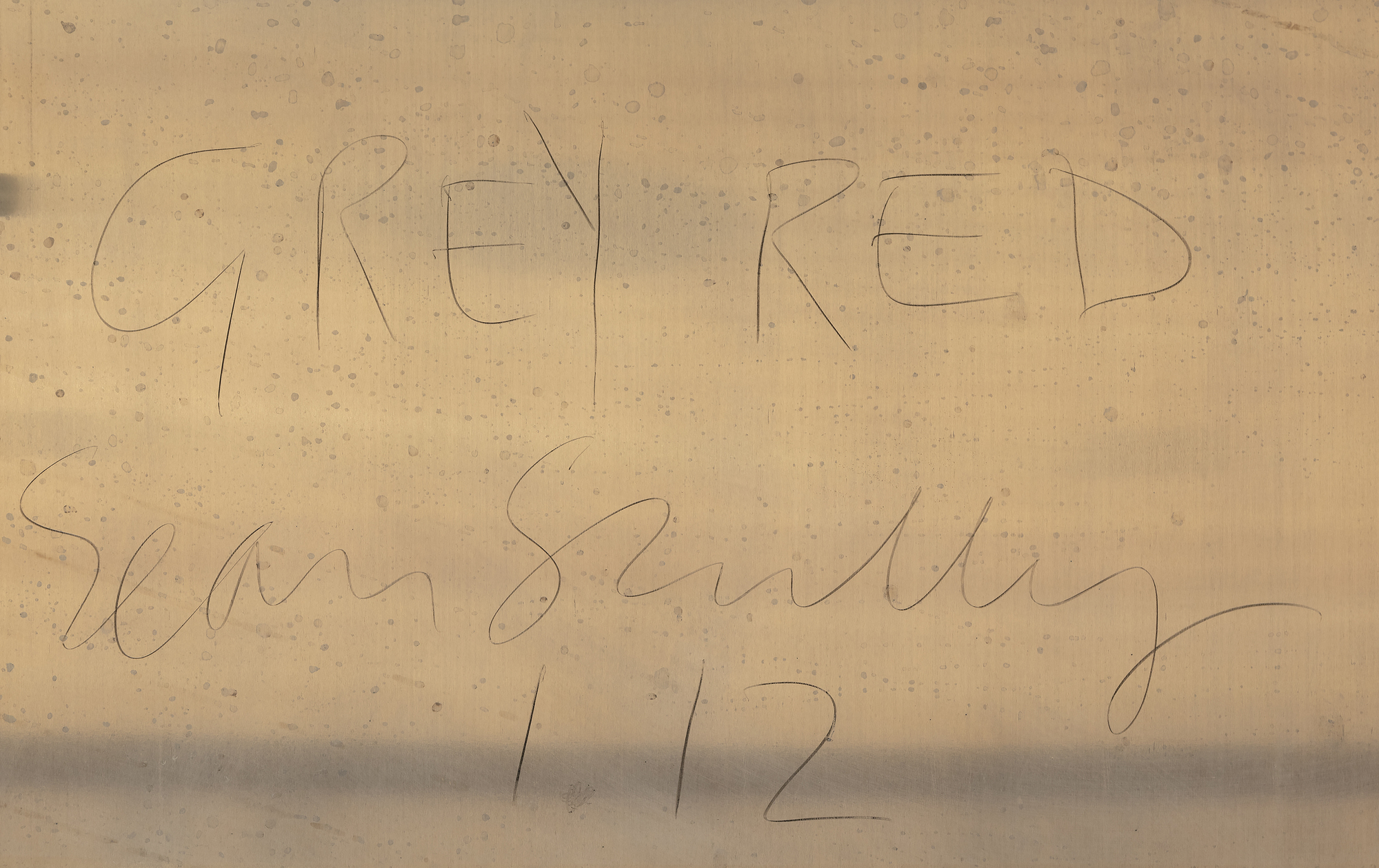
Provenienz
Timothy Taylor, London, EnglandPrivatsammlung
Privatsammlung, London, England
Phillips (London, England), 5. Oktober 2016: "20th Century & Contemporary Art Evening Sale", Los 8
Privatsammlung, erworben aus der oben genannten Auktion
Phillips London: Donnerstag, 8. März 2018, Lot 00035, 20th Century & Contemporary Art Evening Sale
Privatsammlung, erworben aus der oben genannten Auktion
Ausstellung
Royal Academy of Arts (London, England), "The 244th Royal Academy of Arts Summer Exhibition", 4. Juni - 12. August 2012. Eingeschlossen in t...Mehr.....Der Ausstellungskatalog, Nr. 847The Verey Gallery (Windsor, England), "Sean Scully", 3. Oktober 2012 - 28. Februar 2013
Literaturhinweise
Zweite, Armin, "Sean Scully: Gemälde und Arbeiten auf Papier," (München, Deutschland: Galerie Bernd Klüser, 1993), Seite 7Carrier, David, "Sean Scully", (London, England: Thames & Hudson, 2006), Seite 98
O'Sullivan, Marc, "Sean Scully: Figur/Abstract," (Ostfildern, Deutschland: Hatje Cantz Verlag, 2014), Seite 7
...WENIGER.....
Geschichte
Der Bezugsrahmen für die charakteristischen Blöcke und Streifen des irisch-amerikanischen Künstlers Sean Scully ist breit gefächert. Von Malewitschs zentraler Prämisse, dass die Geometrie das Mittel für ein universelles Verständnis sein kann, bis hin zu Rothkos leidenschaftlicher Herangehensweise an die Farbe und die Darstellung des dramatisch Erhabenen, lernte Scully, wie man die Pracht der natürlichen Welt in einfachen Formen von Farbe, Licht und Komposition verdichtet. Der 1945 in Dublin geborene und in London aufgewachsene Scully war im figurativen Zeichnen gut geschult, als er beschloss, den Geist seines Vorbilds Henri Matisse aufzunehmen, indem er 1969 Marokko besuchte. Die schillernden Mosaike und reich gefärbten Stoffe zogen ihn in ihren Bann und er begann, Gitter und Farbstäbchen zu malen. Spätere Reisen lieferten weitere Inspirationen, denn das Spiel des intensiven Lichts auf den spiegelnden Oberflächen der Maya-Ruinen und der antiken Steinplatten von Stonehenge brachten das Gefühl von Licht, Raum und geometrischer Bewegung in Scullys Gemälde. Die Möglichkeit, die Auswirkungen von Scullys Reisen in seinen Gemälden nachzuvollziehen, bestätigt den Wert der abstrakten Kunst als Prüfstein für Erfahrungen im wirklichen Leben.
Mit seinen satten, tiefen Farbtönen und den geschichteten, nuancierten Oberflächen ist Grey Red sowohl poetisch als auch voll von muskulösem Formalismus. Scully bezeichnet diese elementaren Formen treffend als "Ziegelsteine", was an die formalen Berechnungen eines Architekten erinnert. Er erklärt: "Diese Beziehungen, die ich in den Türöffnungen der Straßen, in den Fenstern zwischen den Gebäuden und in den Spuren von Strukturen, die einst voller Leben waren, sehe, nehme ich für meine Arbeit. Ich verwende diese Farben und Formen und setze sie so zusammen, dass man vielleicht an etwas erinnert wird, obwohl man sich dessen nicht sicher ist" (David Carrier, Sean Scully, 2004, S. 98). Seine Herangehensweise ist organisch, weniger formelhaft; die intuitiven Entscheidungen des Malers schichten eine Farbe über die andere, so dass kontrastierende Farbtöne und Farben mit unterschwelliger Energie vibrieren. Bei seinem Streben nach strahlendem Licht kommt einem Diebenkorn in den Sinn. Aber hier schwingen die leuchtenden Bänder aus Terrakotta-Rot, Grau, Taupe und Schwarz von Grey Red mit einer tiefen, schwelenden Energie mit und rufen weitaus mehr berührende Leidenschaft hervor, als man es für möglich halten würde. Wie sein guter Freund Bono schrieb: "Sean geht an die Leinwand heran wie ein Kickboxer, ein Stuckateur, ein Baumeister. Die Qualität der Malerei schreit nach einem gelebten Leben".
MARKTEINBLICKE
- Scullys Auktionsrekord wurde im Mai 2022 aufgestellt, als Song, 1985, (links) für über 2 Millionen Dollar bei Sotheby's New York verkauft wurde.
- Von den zehn besten Auktionsergebnissen von Scully wurden neun nach 2000 gemalt. Mehr noch, sieben dieser Top-Ten-Ergebnisse beziehen sich auf Kunstwerke, die nach 2010 datiert wurden, was beweist, dass die Nachfrage nach diesen zeitgenössischen Werken außergewöhnlich groß ist.
- 2012 war ein besonders wichtiges Jahr für den Künstler, denn allein in diesem Jahr hatte er neun museale Einzelausstellungen in Institutionen wie dem Kunstmuseum Bern, dem Alhambra und dem Philadelphia Museum of Art.
- 2012 war auch das Jahr, in dem Scully in die Royal Academy of Art aufgenommen wurde.
AUSSTELLUNGSGESCHICHTE
- Schon kurz nach der Fertigstellung von Grey Redwurde das Gemälde in namhaften Ausstellungen gezeigt.
- Grey Red war die Nummer 847 im Katalog der 244. Sommerausstellung der Royal Academy of Arts.
- Grey Red wurde 2012 in der Ausstellung "Sean Scully" in der Verey Gallery des Eton College in Windsor, England, gezeigt (rechts).






































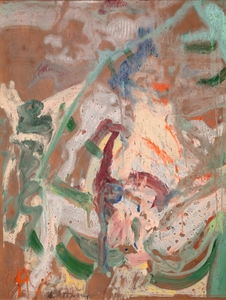
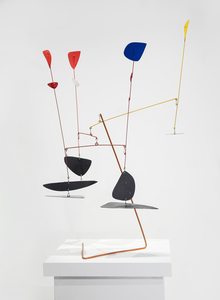
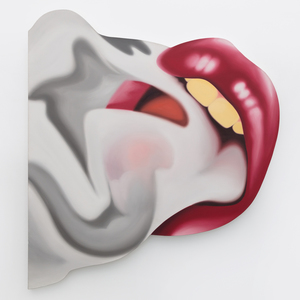

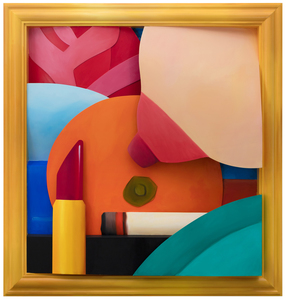
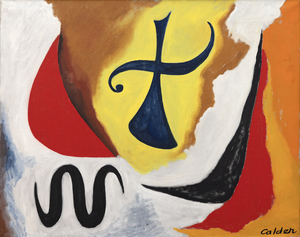
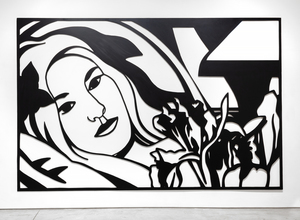
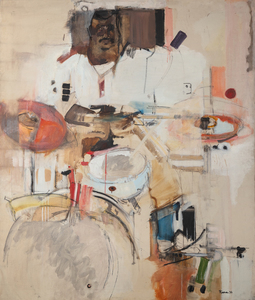
_tn27035.jpg )